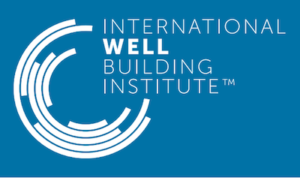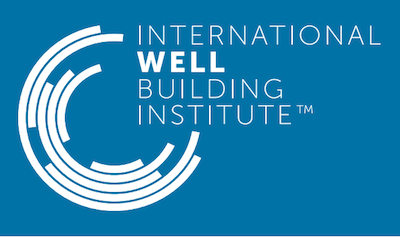WELL Building Standard – What is it?
 According to the U.S. Green Building Council, “The WELL Building Standard is a performance-based system for measuring, certifying, and monitoring features of the built environment that impact human health and well-being, through air, water, nourishment, light, fitness, comfort, and mind.”
According to the U.S. Green Building Council, “The WELL Building Standard is a performance-based system for measuring, certifying, and monitoring features of the built environment that impact human health and well-being, through air, water, nourishment, light, fitness, comfort, and mind.”
In recent years, going green has made significant in roads in not just corporate culture, but society as a whole. Increasing energy efficiency by reducing consumption and using more sustainable building materials not only limits environmental consequences, but on the corporate level, it can significantly reduce costs.
The going green industry first started with the LEED Green Building Rating System, but the WELL Building Standard goes beyond just the bricks and mortar and focuses on how building environments can impact the health and habits of the occupants with work and visit these buildings.
Businesses, small and large, can expect to benefit from the WELL Building Standard rollout. In fact, according to Gallup, an estimated $450 billion to $550 billion is lost yearly on a global scale due to employee disengagement.
WELL Building Standard, WELL Employees
The WELL Building Standard is based on the principle that human health and wellness should be central to the design of buildings and workspaces. These are the core tenets of the WELL Building Standard:
- Air: Optimize & achieve indoor air quality
- Water: Optimize water quality while promoting accessibility
- Nourishment: Encourage healthy eating habits by providing healthier food choices, behavioral cues, and knowledge about nutrient quality
- Light: Minimize disruption to the body’s circadian rhythm using window performance and design, light output and lighting controls, and task-appropriate illumination levels
- Fitness: Utilize building design technologies and knowledge-based strategies to encourage physical activity
- Comfort: Create a distraction-free, productive, and soothing indoor environment
- Mind: Promote health and wellness awareness by providing regular feedback about the environment through design elements and state-of-the-art technology
Indoor air quality has long been a hot topic in the building industry. “Sick building syndrome” was first reported some 30 years ago, but Harvard’s School of Public Health released a study in 2015 that linked improved cognitive performance among employees working in green offices and buildings. According to a 2013 World Green Building Council study, The Business Case of Green Building, optimizing indoor air quality alone equates to an 11% improvement to employee productivity.
Ways to WELLness
Business owners certainly do not have to seek WELL Building Standard certification from the Green Business Certification Incorporation in order to benefit from some of the tenets of the movement. There are several things business owners can do to improve any or many of the 7 core criteria to improve employee health and productivity, as well as the bottom line–it’s definitely a Win/Win scenario.
Here are a few things you can do today to make your building, office, store or restaurant more WELL:
- Adding more windows and doors to increase natural light and ventilation
- Remodeling with more sustainable, safer building materials
- Replace fixtures and lighting with more efficient bulbs
- Use vacuums with HEPA filters
- Install dehumidifiers to keep indoor humidity around 30%-50% to reduce dust mites and mold
- Conduct Radon testing–Radon is the second leading cause of lung cancer!
 Just Let Me Do It can help you get WELL
Just Let Me Do It can help you get WELL
If you need help implementing any of these WELL Building Standard concepts, call the Just Let Me Do It Commercial Service Pros today for a free estimate–24/7/365!


Recent Comments